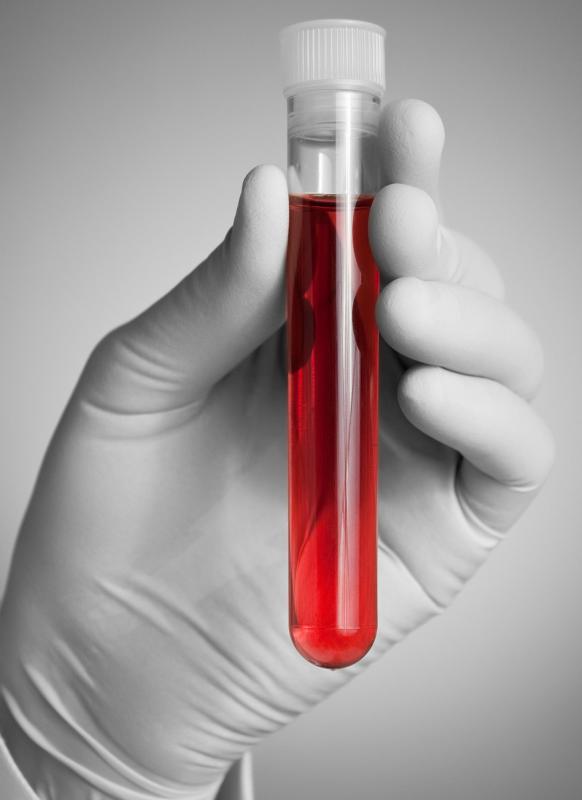At WiseGEEK, we're committed to delivering accurate, trustworthy information. Our expert-authored content is rigorously fact-checked and sourced from credible authorities. Discover how we uphold the highest standards in providing you with reliable knowledge.
What is Primordial Dwarfism?
Primordial dwarfism is a type of dwarfism characterized by an unusually small size at all ages, even in the womb. This condition is often identified when a child reaches two to three years of age without achieving normal growth targets, suggesting that he or she has a condition which has led to primordial dwarfism, and it usually becomes clearly apparent by age five. The life expectancy for people with primordial dwarfism is around 30 years, since it is often accompanied with medical complications such as vascular disorders.
Rather than being a specific form of dwarfism, primordial dwarfism is the name for a family of conditions which cause similar symptoms. Russel-Silver Syndrome and Seckel Syndrome, among others, can cause primordial dwarfism. Most of the disorders which cause this kind of dwarfism are skeletal or endocrine in nature, and they are not curable, although the symptoms can be treated and managed. Along with dwarfism, these conditions can cause other medical issues, ranging from seizures to an unusually-formed head.

Signs of primordial dwarfism emerge early, although they may take some time to identify. Generally, when ultrasounds are performed, the fetus is unusually small for his or her gestational age. Because a lot of things can cause this, it may be identified as something to watch, but not necessarily a cause for concern. When the baby is born, he or she will be smaller than most babies born at the same gestational age, and the baby will also fail to grow as expected after birth. As the child grows, a doctor will realize that the child has some form of dwarfism, and tests may be combined with a careful monitoring of the patient to determine the cause.

In primordial dwarfism, the patient's body is often proportionately smaller, in contrast with other forms of dwarfism, in which different parts of the body may not be in proportion with each other. Some patients develop microcephaly, in which their heads fail to grow at the same rates that their bodies do, and this can lead to a variety of medical problems. Despite being smaller than expected, a patient with primordial dwarfism may be exactly like other children in other respects, such as the rate of mental development.

People with primordial dwarfism and other dwarfism disorders often struggle to be accepted in society. Historically, people with dwarfism were kept almost like pets by royalty, used for entertainment and amusement. In the modern era, people with dwarfism, who may refer to themselves as dwarfs, midgets, or little people, depending on personal preference, may have difficulty navigating a world designed for larger people. Many people with dwarfism also find that larger people assume that their intellects are dwarfed along with their bodies, although this is not the case.
AS FEATURED ON:
AS FEATURED ON:















Discuss this Article
Post your comments